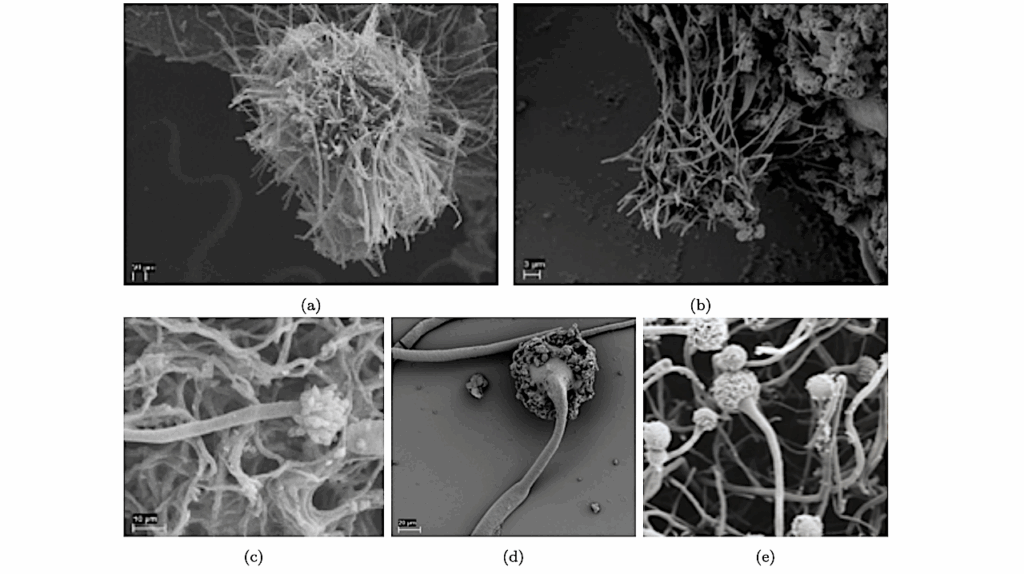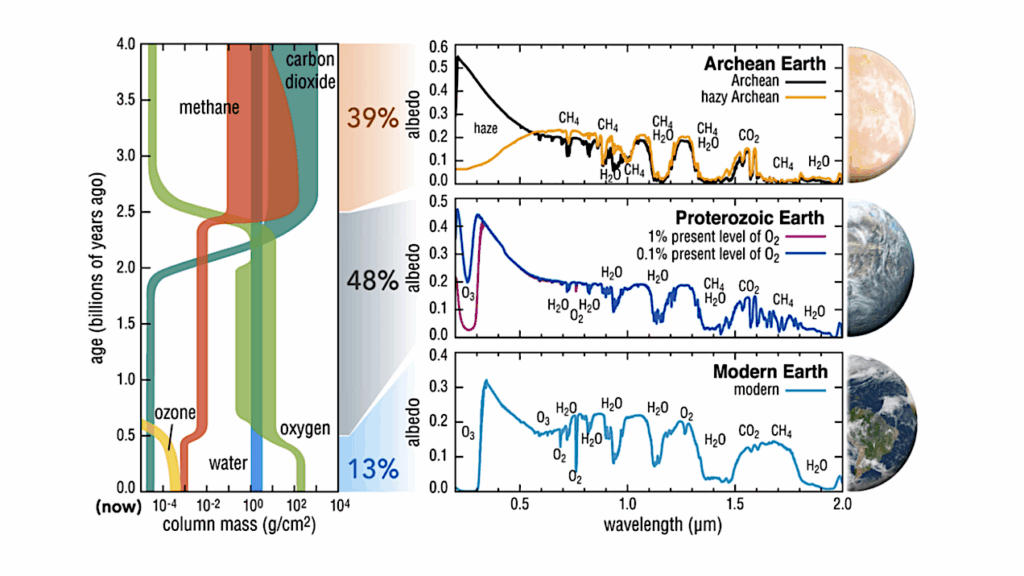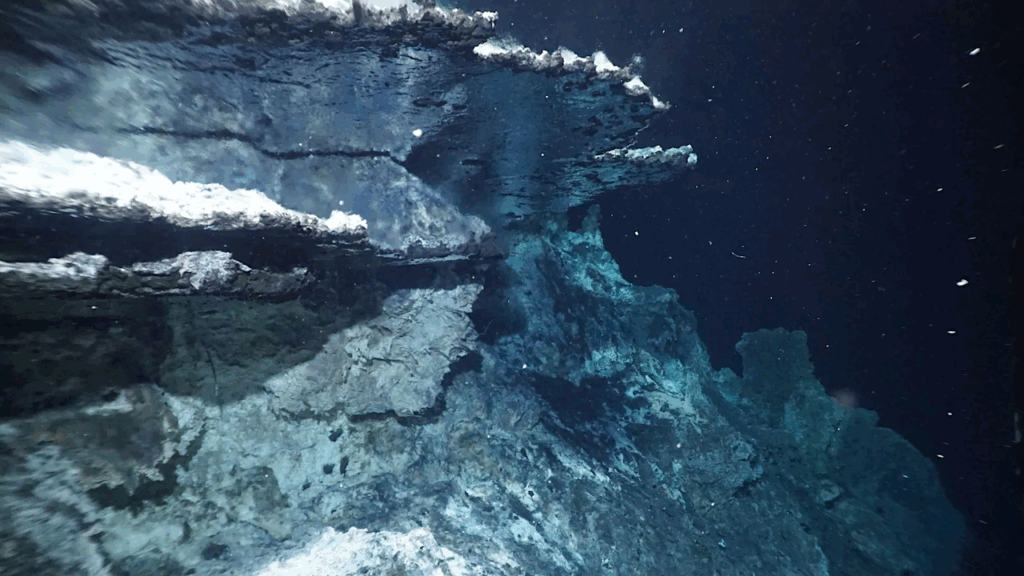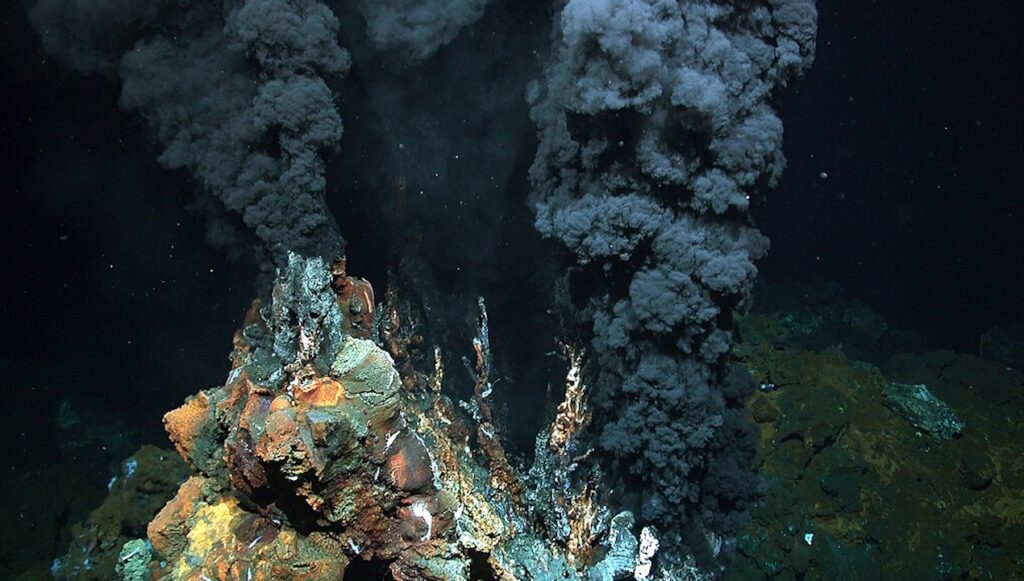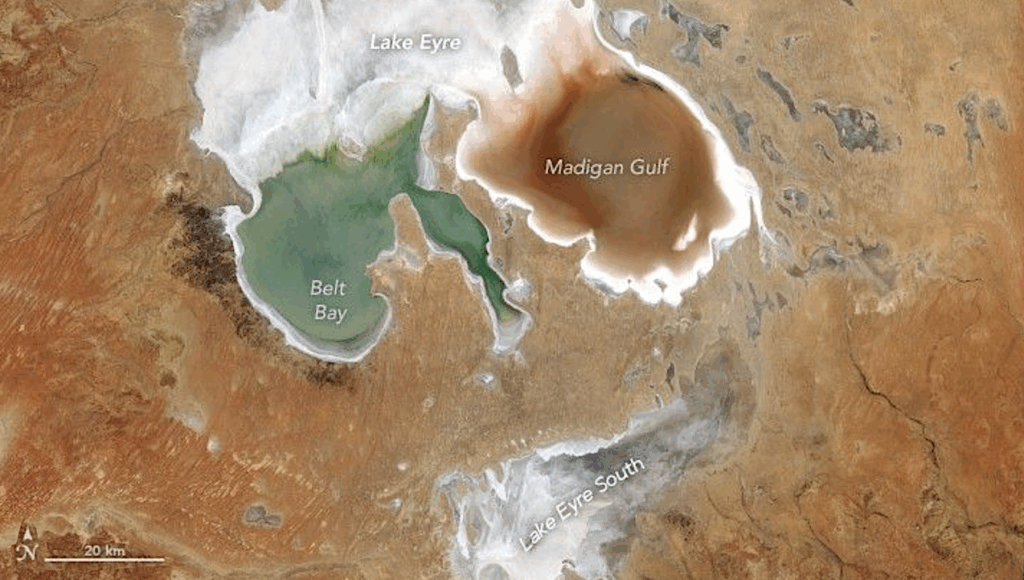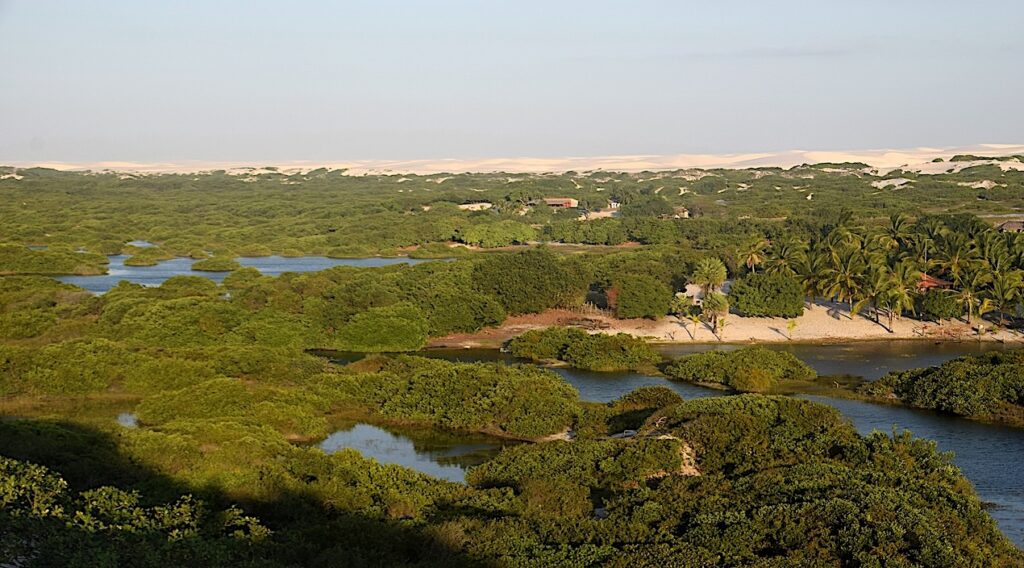Heat Flows Are The Secret To Order In Prebiotic Molecular Kitchen

Life is complicated. What is true for our everyday existence also holds for the many complex processes that take place inside cells. Proteins constantly have to be synthesized, cell walls built, and DNA replicated. This can only work when reaction partners converge at the right time in sufficiently high concentrations while suffering little disruption from other substances. Over the course of billions of years, evolution has perfected these mechanisms and ensured that such vital processes occur with high efficiency at the correct place.
Circumstances were probably a lot more chaotic four billion years ago, when prebiotic reactions created the conditions for the emergence of the first lifeforms. For these reactions, too, it was necessary for the ‘right’ substances to be brought together at the ‘right’ time in one place, so that more complex biomolecules like RNA and amino acid chains could form. While such reactions are possible to recreate in the laboratory thanks to manual intermediate steps, it is highly challenging for them to come about in a simple ‘primordial soup’ – that is to say, a very dilute mixture of prebiotic building blocks. So how could nature create suitable conditions for the origin of life?
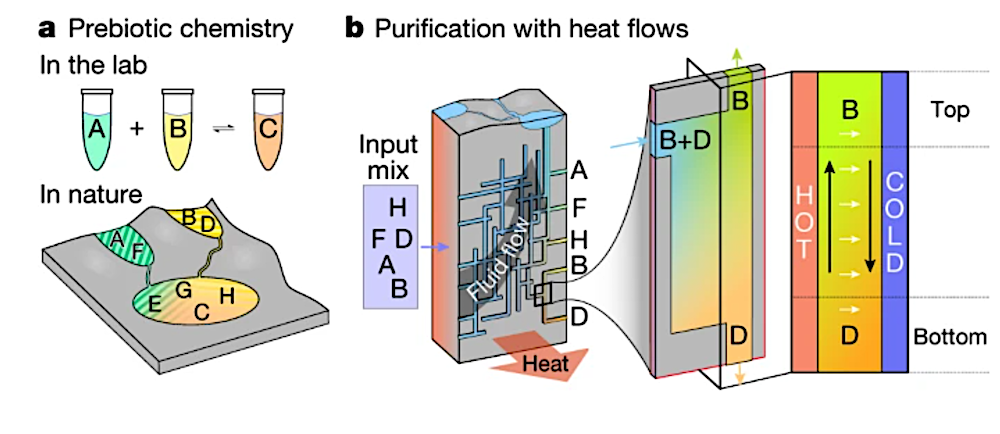
a, Prebiotic chemistry reactions often require precisely timed mixing of well-defined starting materials with intermediate purification steps for high product yields. In nature, starting solutions are complex mixtures that react to produce many undesirable side products. b, Ubiquitous heat flows through thin rock fractures, fed by geothermal fluid flow (grey arrow), form a geo-microfluidic system that separates even highly similar prebiotic chemicals from each other through substance-sensing thermophoresis (white arrows) and fluid convection (black arrows). Owing to the geological scale, many different solution compositions are reached simultaneously.
A collaboration of LMU biophysicists Dr. Christof Mast and Professor Dieter Braun, coordinator at the ORIGINS Excellence Cluster, and geoscience Professor Bettina Scheu have found a possible answer to this question and recently published their results in the journal Nature. “Our investigations show how simple heat flows could have yielded order amid the chemical chaos of primordial times and fostered the first prebiotic reactions,” explains Mast.
Heat is produced by a wide range of geological and chemical processes, so presumably heat flows occurred almost everywhere in those distant times. If this heat flows through thin, water-filled cracks, such as arise through the rapid cooling of molten rock, it leads to water convection and to a directed movement of the dissolved molecules in the water along the heat flow. Combined, these two effects – convection and thermophoresis – drive accumulation and selective up-concentration of the various solutes in different places.
A pinch of this and a sprinkle of that: ingredients for life
Mast’s group has now experimentally demonstrated this selective accumulation for over 60 different prebiotic building blocks, such as nucleobases and amino acids. They found that these substances can differ strongly in their thermophoresis and therefore enrich differently in the rock fissures.
“In a system of interconnected cracks and fissures in the rock, this effect is reinforced and produces mixtures with different compositions of prebiotic substances in each fissure,” explains Thomas Matreux, lead author of the paper. “Although the initial solution was uniformly dilute, and therefore unreactive, simple heat flows can generate an astonishing variety of possible starting conditions for prebiotic chemistry in this manner,” adds Paula Aikkila, the other lead author of the study.
Without the aid of modern lab technology or the advanced reaction mechanisms of life today, nature could thus have created a ‘molecular kitchen’ in large geological network systems, in which all the ingredients of life were sorted and ready. As part of the Collaborative Research Centre “Molecular Evolution in Prebiotic Environments” (CRC 392), the researchers now plan to investigate how many ‘dishes’ of life can be ‘prepared’ in this system.

a, Illustration of the selective enrichment of prebiotic components for a mixture of 2AI, 2AT and 2AO in a thermal gradient (25–40 °C). Heat maps show the concentration ratios of all possible substance pairs in the bottom (orange shaded) and top (blue shaded) sections of the chamber. For example (dashed boxes), in the top section, 2AO is (142 ± 52)% more concentrated than 2AI, whereas in the bottom section, 2AI is (32 ± 3.6)% enriched over 2AO (errors = s.d., three repeats). b, Enrichment in a mixture of all proteogenic amino acids (30 µM each) reveals a strong enrichment of aliphatic amino acids isoleucine (I), valine (V) and leucine (L) in the bottom section (orange shade) against glycine (G) (up to (81 ± 25)% and serine (S), asparagine (N) and glutamine (Q) (up to (62 ± 17)%). Consistently, the aliphatic amino acids are strongly depleted in the top section (blue shade), resulting in up to (315 ± 138)% higher local glycine concentration. See Extended Data Figs. 2–4 for measurements at other initial pH values, temperature gradients, salt concentrations and error maps.
Heat flows enrich prebiotic building blocks and enhance their reactivity, Nature (open access)
Astrobiology


